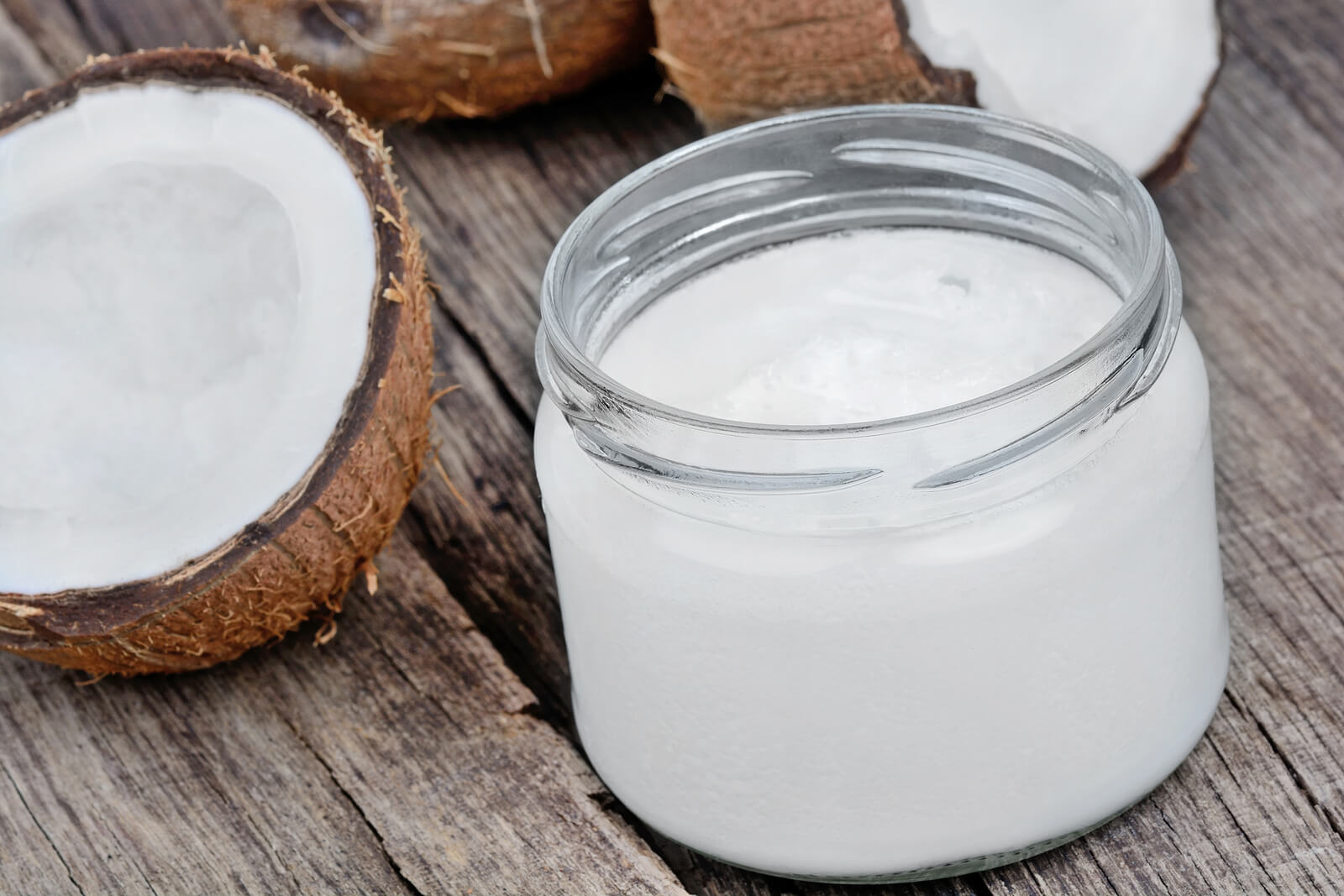For the 83% of women and 5% of men in the UK wearing makeup, makeup removal is crucial for maintaining healthy skin and preventing breakouts.
After a long day, the convenience of disposable makeup wipes is hard to resist. However, these single-use products have significant environmental drawbacks. They often contain plastic, release harmful chemicals into the soil and water, and endanger wildlife when littered. Disposable wipes are also responsible for a staggering 93% of UK sewage blockages.
Minor changes to your makeup removal routine can help protect the planet and improve your skin’s health. Join us as we explore eight sustainable options for an eco-conscious skincare regime.
1. Reusable makeup remover pads
Reusable makeup remover pads are a simple, eco-friendly alternative to disposable wipes and single-use cotton wool pads. Made from biodegradable materials like 100% cotton or bamboo, they can be used with warm water, cleanser, or toner.
Toss the reusable pads in the washing machine with your dirty clothes to clean. To prolong their lifespan, place them in a mesh laundry bag before starting the cycle. Once clean, allow the pads to air dry, and they’re ready to be used again.
2. Organic muslin facecloth
An organic muslin facecloth is a fantastic planet-friendly addition to your skincare routine. These cloths are unbleached and undyed, so they’re as gentle on your skin as they are on the environment.
Unlike disposable wipes, muslin facecloths provide gentle exfoliation, removing dead skin cells and impurities to leave your skin smooth and clean. You can pair these cloths with various products like water, makeup remover, or soap.
For hygiene, use a new facecloth daily. Wash used cloths with your white laundry at 40 degrees using a gentle detergent. Alternatively, soak them in hot water with a teaspoon of white wine vinegar and bicarbonate of soda, and then leave them to air dry.
3. MakeUp Eraser
At first glance, the MakeUp Eraser doesn’t appear sustainable due to its vibrant polyester material. However, its hair-like fibres create a suction effect when wet, removing makeup without chemical-laden liquid makeup removers. This includes stubborn waterproof mascara and eyeliner, making it a cost-effective and eco-friendly option.
The MakeUp Eraser only requires water for use. After using one side to remove makeup, you can flip it over and use the side with the longer fibres to gently exfoliate your skin.
Place the MakeUp Eraser inside a laundry bag and wash it in the washing machine on a hot or cold cycle. It can also be tumble-dried. The product should be replaced when the fibres start to lose their softness and stick up — typically after three to five years of use, depending on how frequently it’s washed.
4. Biodegradable cotton buds
Cotton buds are incredibly useful for precise makeup removal, like tidying up lipstick or correcting an eyeliner smudge. However, standard cotton buds are often made with plastic sticks.
To avoid this issue, switch to biodegradable cotton buds. These typically have bamboo sticks, come in recyclable packaging, and can be composted afterwards. Even if you don’t compost at home, they’ll decompose quicker in a landfill than plastic versions.
Alternatively, consider reusable silicone cotton buds. These are highly durable, can be washed and reused for years, and provide an eco-conscious solution for eye makeup removal.
5. Coconut oil

Coconut oil is a single-ingredient makeup remover often packaged in recyclable glass jars. To use it, melt a tablespoon of solid oil between your palms and gently massage it into your face.
As the oil loosens makeup and dirt, rinse your face thoroughly with water and pat dry with a clean towel. For deeper cleansing, pair the coconut oil with a reusable makeup remover pad or an organic muslin facecloth.
6. Facial cleansing bars
Facial cleansing bars resemble traditional soap bars but are specifically formulated with natural ingredients to cleanse the face of makeup and impurities. They’re typically free from harmful chemicals like sulphates, promoting healthier skin and lessening environmental damage.
These bars are more compact and concentrated than liquid cleansers, resulting in a longer-lasting product that requires less frequent replacement. This reduces waste and the resources needed for manufacturing and transportation.
Facial cleansing bars are also often packaged in minimal paper or cardboard that can easily be recycled after use. This packaging approach underscores many brands’ commitment to sustainability from production to disposal.
7. Eco-friendly micellar water
Micellar water is renowned for effectively cleansing the face of makeup and grime, but its environmental consequences are often overlooked. Standard micellar water, typically bottled in plastic, contains non-biodegradable chemicals despite its water-based formulation.
Eco-friendly alternatives use natural and biodegradable ingredients such as plant-based oils and surfactants. These ingredients break down more quickly in the environment, reducing ecological harm. Eco-friendly micellar waters are also packaged in glass, which supports closed-loop recycling systems, further minimising waste.
Opting for eco-friendly micellar water allows you to maintain a clean skincare routine while avoiding plastic and unwanted ingredients.
8. DIY makeup remover
Creating a DIY makeup remover at home is a simple and cost-saving solution for those seeking control over their skincare ingredients or aiming for a zero-waste beauty routine.
To make your own, blend two tablespoons of aloe vera with a quarter of a cucumber until smooth. Apply the mixture to a reusable pad or organic facecloth, gently wipe away makeup, and then follow up with water.
Depending on the packaging of your aloe vera container, this method can offer a plastic-free alternative.
Once you’ve discovered an effective and sustainable way to remove makeup, you might want to explore our beginner’s guide to zero-waste makeup. This guide will help you avoid overpackaged mainstream products and discover low-waste alternatives with a positive environmental impact.
